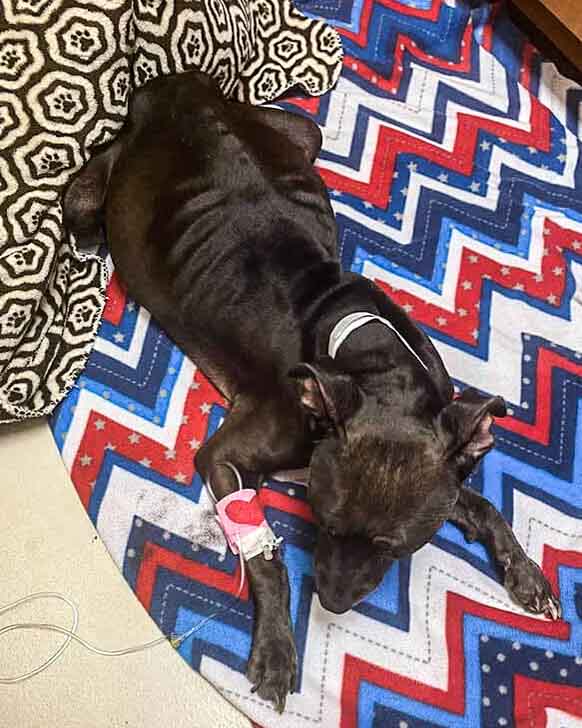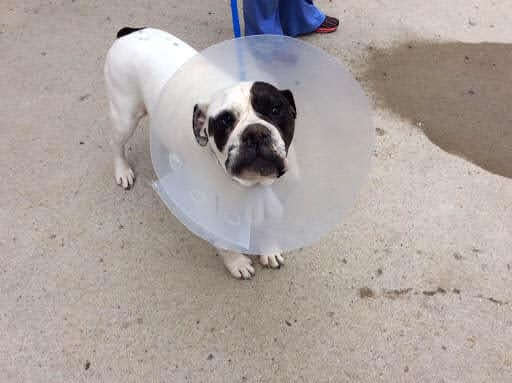

Pyometra is a potentially life-threatening condition affecting female dogs, cats, and rabbits. It’s a severe infection of the uterus that can cause significant health complications, including death. Understanding the signs, symptoms, prevention methods, and available treatment options is crucial for pet parents. In this article, we’ll explore the key aspects of pyometra to help you protect your furry friend’s health and well-being.
Signs and Symptoms
Pyometra develops in intact females, typically a few weeks after their heat cycle. Recognizing the signs and symptoms can aid in early detection and prompt medical intervention. The most common signs of pyometra include lethargy, increased thirst and urination, loss of appetite, vaginal discharge that may be pus-like or bloody, and swollen abdomen. In some cases, the pet may also exhibit vomiting, diarrhea, or a fever. If you notice any of these symptoms, it is essential to seek veterinary care immediately.

The dog poictured here is suffering form advanced pyometra. Her ribs are exposed due to weight loss.
Prevention
Preventing pyometra involves proactive measures to minimize the risk of infection. Removing the uterus (traditional spay or an ovary sparing spay) of your female pet at an early age is the most effective preventive measure, as it eliminates the possibility of developing pyometra. Removing the uterus prevents the hormonal fluctuations that contribute to the development of the condition. Discuss the appropriate timing for spaying with your veterinarian, as it may vary depending on your pet’s breed and overall health.
Treatment
When pyometra is diagnosed, immediate treatment is vital to save the dog’s life. The most important treatment is surgical removal of the infected uterus, a procedure known as an ovariohysterectomy or “spay.” This surgery not only eliminates the infection but also prevents future episodes of pyometra. Medical management with antibiotics and supportive care is also necessary.

Lilly shows a distended abdomen prior to surgery.
Complications and Risks
Pyometra should never be taken lightly, as it can lead to severe complications. The infection can spread to other organs, causing systemic infection and organ failure. Additionally, the pressure from the enlarged uterus can restrict blood flow to vital organs, leading to septic shock. The longer the infection persists, the greater the risks become. Early diagnosis and prompt treatment are essential for a successful recovery.

Lilly feeling better one week following surgery.
Conclusion
As responsible pet parents, it’s crucial to be aware of the signs, symptoms, prevention methods, and treatment options for pyometra. Regular veterinary check-ups, spaying (traditionally or an ovary sparing spay) at an appropriate age, and vigilant recognition of unusual symptoms in your female pet can help prevent this potentially life-threatening condition. Remember, early intervention is key to preserving your pet’s health and ensuring a long and happy life together.
By staying informed and working closely with your veterinarian, you can protect your pet from the dangers of pyometra and provide the best possible care for your furry companion.
